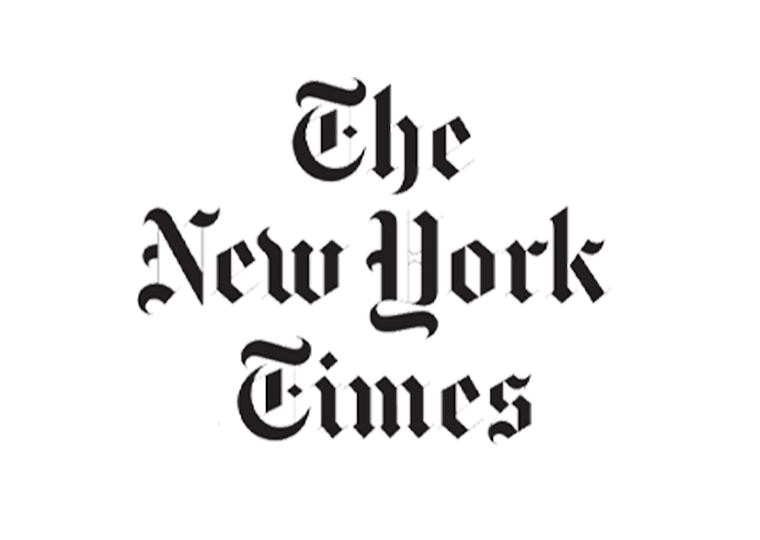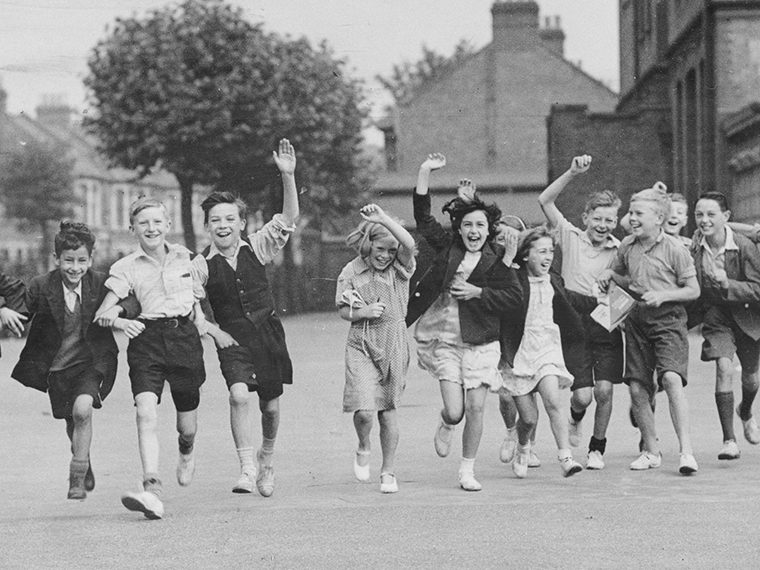A model suggests that the data might lead index funds to target those same stocks in oversight of corporate management
One of the biggest investing stories of the 21st century to date is the ascent of index investing. Barely a blip on the radar 25 years ago, money riding on equity index funds surpassed the total amount invested in actively managed stock funds for the first time, at the end of 2023.
In addition to the mutual funds and ETFs accounted for in the above graph, which are all under obligations to disclose their positions, in recent decades a massive industry of hedge funds and other private funds, which are not under the same disclosure requirements, has arisen.
Like the public fund managers who pick stocks (and oversee some $12 trillion, according to Morningstar) managers of these private funds compete for investor money with each other and with the index funds that are cheaper to own (lower fees) and on average outperform active managers.
That would seem to be a clear reason for actively managed hedge funds and the like to be ever more intent on keeping their portfolios — and research insights — to themselves and opposing any regulatory effort to increase disclosure requirements.
UCLA Anderson’s Henry L. Friedman and Tilburg University’s Lucas Mahieux offer a more nuanced take that suggests active managers can benefit from more disclosure, not less. In research published in European Accounting Review, they lay out scenarios in today’s current marketplace — where passive investing is a major force — that more disclosure by active managers could increase the market’s overall oversight of firms, which in turn could drive better performance.
That said, their research also acknowledges the downsides to more disclosure.
Challenges to Monitoring and Disclosure
By definition, firms focused on passive investing lack the same incentives to monitor their portfolio holdings as managers of active funds. A passive fund can’t underweight a stock it might deem to be overvalued and overweight a stock it might deem to be undervalued. An index fund must mirror its benchmark. Full stop.
Moreover, no matter how much a passive fund pressures an underlying company on any issue — balance sheet management, DEI, ESG, etc. — the passive fund can’t vote with its feet. It must continue to own a given stock as long as that stock is part of the underlying benchmark index.
Passive funds also have a practical hurdle: When by mandate you own hundreds of stocks, deciding where to devote monitoring resources — as in haranguing management for better performance — is more complicated than an active manager with a tighter portfolio of perhaps a few dozen stocks.
Friedman and Mahieux construct a model to study how disclosure may impact a fund’s decision to invest resources in “monitoring” the operations of a company in its portfolio. As a practical matter, such monitoring includes hiring staff to analyze a given holding’s operations (or pay for third-party research), lobbying management or taking an active role in proxy votes. The intended goal is that such oversight drives better stock performance, which in turn can attract more investor money to a given fund.
Intuitively, it would be rational to presume private active managers should loathe disclosure. After the time, effort and resources to develop an investment thesis for a given stock, having to share it with the competition reeks of inviting coat-tail riders to coast in your wake. While that is indeed a possibility, Friedman and Mahieux suggest there is nonetheless an important upside to disclosure.
When a private active fund discloses its portfolio, it can help focus the monitoring challenge for index managers who are swimming in hundreds if not thousands of stocks. A disclosed portfolio of active funds serves as a highlighter of sorts for index funds that those stocks may be worth their monitoring effort.
A Rising Tide of (Shared) Monitoring May Lift More Investing Boats
In Friedman and Mahieux’s model, when the index fund takes up monitoring of active-fund holdings (and the active fund continues to monitor the stock) the added heft of this “complementary” monitoring of a company to step up its governance can benefit both types of asset managers by producing better stock performance.
The model shows that the improved returns of targeted companies/stocks serve as a marketing tool for both passive and active funds. Investors earning those higher returns are more likely to want to invest more in the funds. That in turn can help the active fund attract more money, and overcome its cost hurdle: As a rule, active management charges higher fees than index funds.
That said, Friedman and Mahieux’s model also captures the complexity of the interplay among different types of asset managers. In some instances, more disclosure by the active fund can trigger “substitutive” monitoring, where the disclosure causes the active fund to reduce its monitoring, which is more likely when the cost of monitoring is high. In this scenario, less overlap in monitoring efforts can mean less pressure on companies to better manage their operations.
While the Securities and Exchange Commission’s recent push to mandate more disclosure has met with resistance — which may be moot under the incoming presidential administration’s interest in reducing regulation — this research delivers pushback to the notion that more disclosure is always an operational disadvantage.
Featured Faculty
-
Henry L. Friedman
Associate Professor of Accounting
About the Research
Friedman, H.L., & Mahieux, L. (2024). How Portfolio Disclosure Impacts Monitoring Spillovers Between Competing Asset Managers. European Accounting Review, 1-34.







